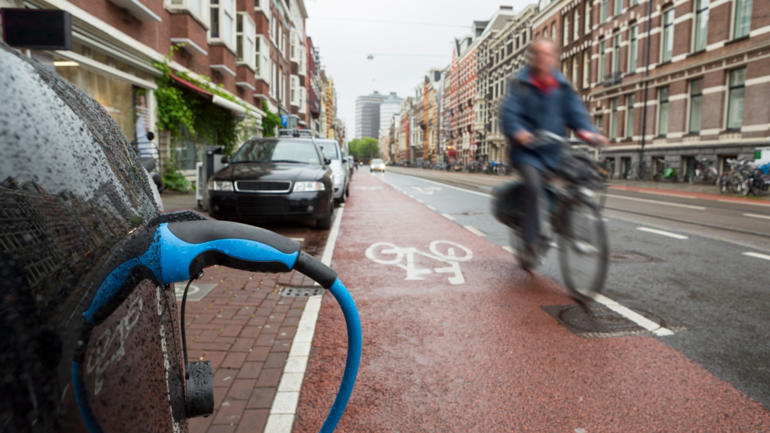Geneva, 28 November 2017: The World Business Council for Sustainable Development (WBCSD) and the European Cyclists’ Federation (ECF) announced today their partnership within SiMPlify, WBCSD’s Sustainable Urban Mobility project.
ECF, the world’s largest cyclist advocacy organization, and WBCSD will engage cities in Europe to develop comprehensive sustainable urban mobility plans based on a fact-based and holistic approach. To this end, ECF endorses WBCSD’s sustainable mobility indicators and multi-stakeholder engagement methodology and will provide support to a number of European cities in deploying WBCSD’s approach. ECF has helped to optimize the cycling-related indicators by updating WBCSD’s mobility tool to ensure that cycling safety is measured based on exposure data. ECF will continue to work with WBCSD to bring the cyclists perspective towards improving mobility in cities in Europe and beyond.
Formerly known as SMP2.0, SiMPlify was launched by WBCSD to tackle the challenges of sustainable urban mobility. SiMPlify is a data-driven, multi-stakeholder approach that helps cities accelerate progress towards multimodal, inclusive and low-environmental impact mobility. The methodology offers an integrated solutions portfolio based on global best practice, including cycling. Solutions match a city’s priorities; advance decision making and help cities to respond to implementation challenges.
With nineteen indicators identified to describe sustainable mobility in urban areas, the SiMPlify process has been tested in a range of cities as a basis for mobility plans tailored to specific characteristics and objectives. As such, SiMPlify has experienced success across six pilot cities: Bangkok (Thailand), Campinas (Brazil), Chengdu (China), Hamburg (Germany), Lisbon (Portugal) and Indore (India). In 2016, the European Commission endorsed its indicators and has deployed support for 55 cities in Europe to use the SiMPlify approach in their sustainable urban mobility planning
In 2018- 2019, SiMPlify will be deployed in 50 cities in Europe to support the development of sustainable urban mobility plans. While the indicators aren’t focused specifically on cycling, they do look at infrastructure, access to bike sharing and cycling safety, thus allowing for tailor-made city mobility plans to take into account the needs of cyclists.








